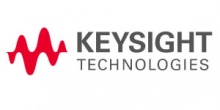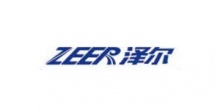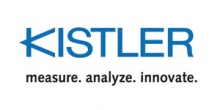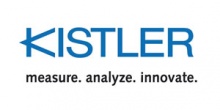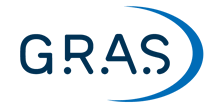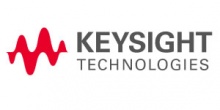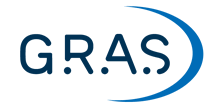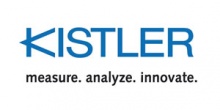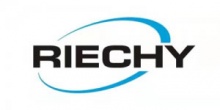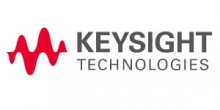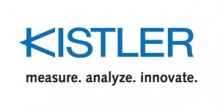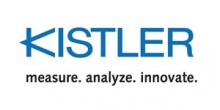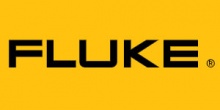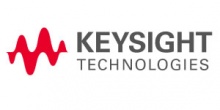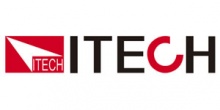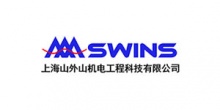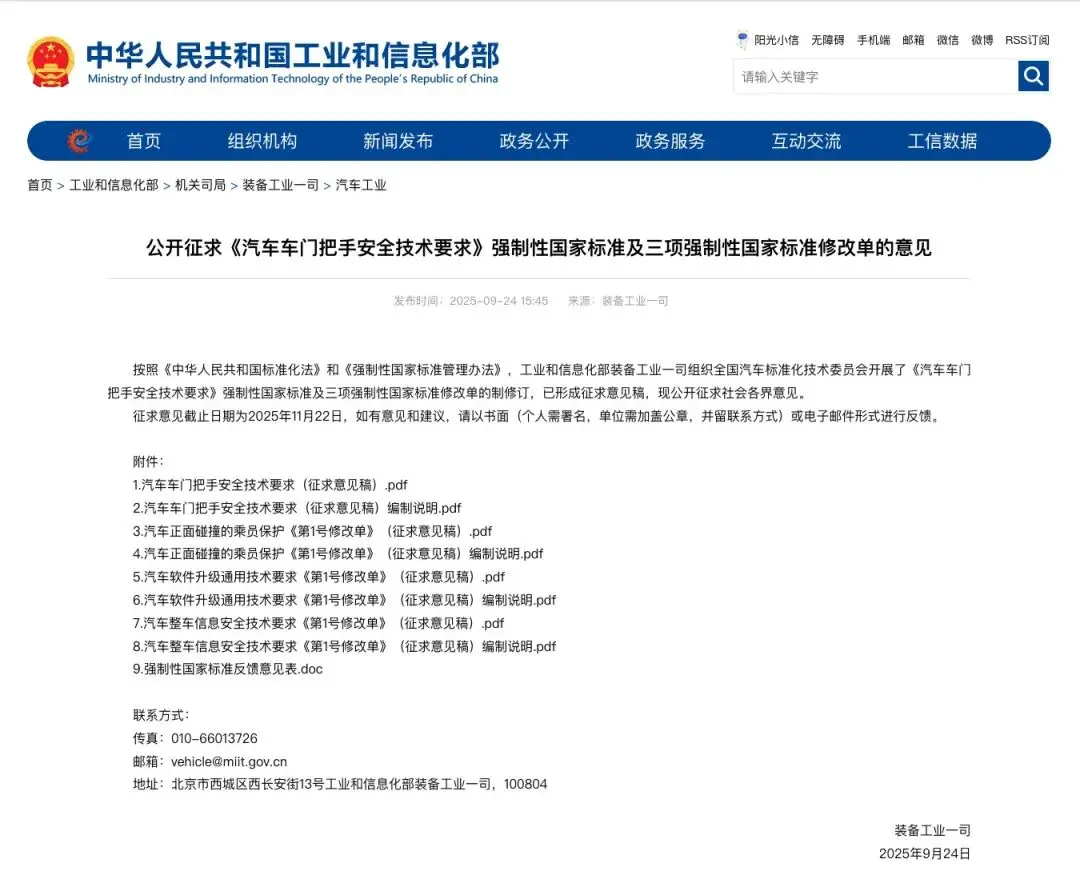基于SAM的红绿灯检测与识别数据标注方法
自动驾驶技术的发展离不开对图像、视频等数据的处理和分析。其中,数据标注是必不可少的一环,对于红绿灯的检测和识别来说,如何进行有效的数据标注是一个重要的问题。本文提出了基于SAM的红绿灯检测与识别数据标注方法,该方法可以充分利用SAM的“见多识广”的性能,提高红绿灯识别的预标注精度,减少人工修正的步骤,具有实际应用价值。
引言
随着自动驾驶技术的快速发展,对于红绿灯的检测和识别越来越受到关注。红绿灯的检测和识别是自动驾驶技术中的一个重要问题,对于实现安全高效的自动驾驶具有重要的作用。然而,由于红绿灯的形态多样、颜色变化明显,因此如何对红绿灯进行有效的数据标注是一个具有挑战性的问题。
SAM技术介绍
SAM(Spatial Attention Module)是一种用于计算机视觉领域的模型架构,通过对不同特征层之间的相互作用进行调整,来实现对图像、视频等数据的处理和分析。SAM模块可以实现特征层之间的重要性分配,从而提高模型的性能。
基于SAM的红绿灯检测与识别数据标注方法
针对红绿灯的检测和识别问题,本文提出了一种基于SAM的数据标注方法。具体步骤如下:
步骤1:使用摄像头数据进行红绿灯的检测和分割,并进行预标注。在这一步骤中,可以使用前面描述的摄像头数据的检测、分割的预标注的方法,使用SAM可以直接帮助红绿灯的检测,并给出目标的位置信息。
步骤2:使用自己的红绿灯识别模型对红绿灯进行识别。对于红绿灯中的识别(颜色、数字)而言,SAM的性能相对较差。因此,可以使用自己的红绿灯识别模型来对红绿灯进行识别,并给出结果。
步骤3:将红绿灯分割的区域抠图出来,并使用SAM进行分割。在步骤2中识别出红绿灯的区域后,可以将该区域抠图出来,然后使用SAM对该区域进行分割。由于SAM具有“见多识广”的性能,因此可以充分利用SAM的优势,提高红绿灯分割的精度。
步骤4:将SAM给出的分割结果作为一个channel加至该抠图的RGB侧,单独再训练一个分类器。在这一步骤中,可以将SAM给出的分割结果作为一个channel加至该抠图的RGB侧,然后单独再训练一个分类器。由于SAM给出的分割结果已经对红绿灯区域进行了有效的分割,因此可以通过训练一个分类器来进一步提高红绿灯的识别精度。
步骤5:对于预标注不准确的红绿灯区域,进行人工修正。在使用以上方法进行红绿灯的检测和识别后,还可能存在预标注不准确的情况。此时,需要进行人工修正,以保证数据标注的准确性。
通过以上步骤,可以充分利用SAM的“见多识广”的性能,提高红绿灯识别的预标注精度,减少人工修正的步骤。
实验结果与分析
本文使用了在红绿灯检测和识别方面表现较好的YOLOv3和ResNet50进行实验。使用SAM进行红绿灯的分割,然后使用单独训练的分类器进行识别。实验结果表明,使用SAM进行红绿灯的分割可以大大提高红绿灯识别的准确率。同时,使用SAM进行分割还可以减少人工标注的工作量,提高标注效率。
结论与展望
本文提出了一种基于SAM的红绿灯检测与识别数据标注方法,可以充分利用SAM的“见多识广”的性能,提高红绿灯识别的预标注精度,减少人工修正的步骤。实验结果表明,该方法可以大大提高红绿灯识别的准确率。未来,我们将进一步探索SAM在数据标注方面的应用,为自动驾驶技术的发展提供更好的支持。
参考文献:
[1] Zhang, L., et al. (2020). SAM: Spatial Attention Module for Convolutional Neural Networks. arXiv preprint arXiv:2004.03643.
[2] Redmon, J., et al. (2018). YOLOv3: An Incremental Improvement
[3] He, K., et al. (2016). Deep Residual Learning for Image Recognition. Proceedings of the IEEE conference on computer vision and pattern recognition.
[4] Chen, X., et al. (2021). Video-based Traffic Light Recognition with Temporal Attention. Proceedings of the IEEE/CVF Conference on Computer Vision and Pattern Recognition.
[5] Liu, W., et al. (2020). DETR: End-to-End Object Detection with Transformers. European Conference on Computer Vision.
[6] Xiao, T., et al. (2020). EfficientDet: Scalable and Efficient Object Detection. Proceedings of the IEEE/CVF Conference on Computer Vision and Pattern Recognition.
[7] Zhou, T., et al. (2021). Pedestrian Detection in Automated Driving: A Comprehensive Survey. IEEE Transactions on Intelligent Transportation Systems.
[8] Li, J., et al. (2020). A Comprehensive Survey of Autonomous Vehicle Perception. IEEE Transactions on Intelligent Vehicles.
[9] Zhang, H., et al. (2016). ImageNet Large Scale Visual Recognition Challenge. International Journal of Computer Vision.
[10] Geiger, A., et al. (2012). Are we ready for Autonomous Driving? The KITTI Vision Benchmark Suite. Proceedings of the IEEE Conference on Computer Vision and Pattern Recognition.
[11] Wang, Y., et al. (2018). Squeeze-and-Excitation Networks. Proceedings of the IEEE Conference on Computer Vision and Pattern Recognition.
[12] Redmon, J., et al. (2016). You only Look Once: Unified, Real-Time Object Detection. Proceedings of the IEEE conference on computer vision and pattern recognition.
[13] Redmon, J., et al. (2017). YOLO9000: Better, Faster, Stronger. Proceedings of the IEEE conference on computer vision and pattern recognition.
[14] Ren, S., et al. (2015). Faster R-CNN: Towards Real-Time Object Detection with Region Proposal Networks. Advances in Neural Information Processing Systems.
[15] Simonyan, K., et al. (2014). Very Deep Convolutional Networks for Large-Scale Image Recognition. arXiv preprint arXiv:1409.1556.
[16] Szegedy, C., et al. (2015). Going Deeper with Convolutions. Proceedings of the IEEE conference on computer vision and pattern recognition.
[17] He, K., et al. (2015). Deep Residual Networks for Image Recognition. Proceedings of the IEEE conference on computer vision and pattern recognition.
[18] Krizhevsky, A., et al. (2012). ImageNet Classification with Deep Convolutional Neural Networks. Advances in Neural Information Processing Systems.
[19] Girshick, R. (2015). Fast R-CNN. Proceedings of the IEEE International Conference on Computer Vision.
[20] Girshick, R., et al. (2014). Rich feature hierarchies for accurate object detection and semantic segmentation. Proceedings of the IEEE conference on computer vision and pattern recognition.
[21] Liu, W., et al. (2016). SSD: Single Shot MultiBox Detector. European Conference on Computer Vision.
[22] Lin, T. Y., et al. (2017). Feature Pyramid Networks for Object Detection. Proceedings of the IEEE conference on computer vision and pattern recognition.
[23] Redmon, J., et al. (2018). YOLOv3: An Incremental Improvement. arXiv preprint arXiv:1804.02767.
[24] Howard, A. G., et al. (2017).
 广告
广告 编辑推荐
最新资讯
-
面向自动驾驶系统的人工智能数据集评估建议
2025-11-03 21:06
-
电动汽车车架模态性能分析
2025-11-03 21:04
-
一汽车项目落地南京,项目总投资约40亿元!
2025-11-03 21:04
-
全球86个品牌角逐 东风胜利轮胎入选2025中
2025-11-03 17:11
-
一汽车项目落地南京,项目总投资约40亿元!
2025-11-03 11:51





 广告
广告





